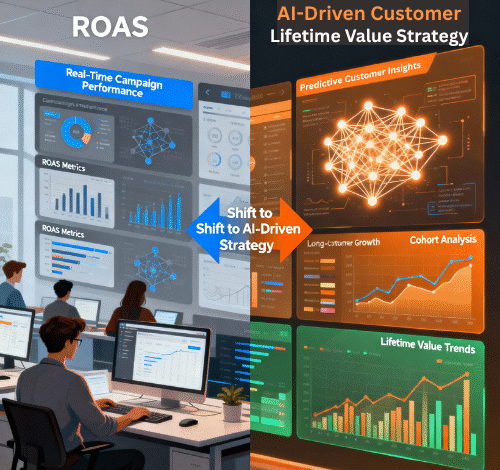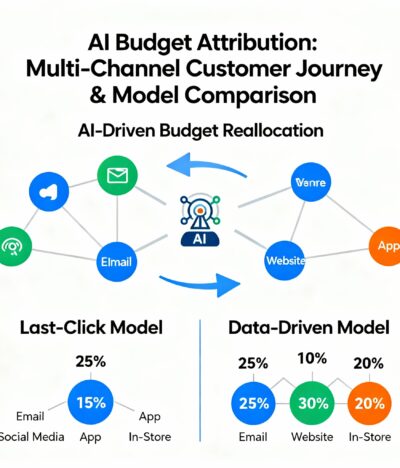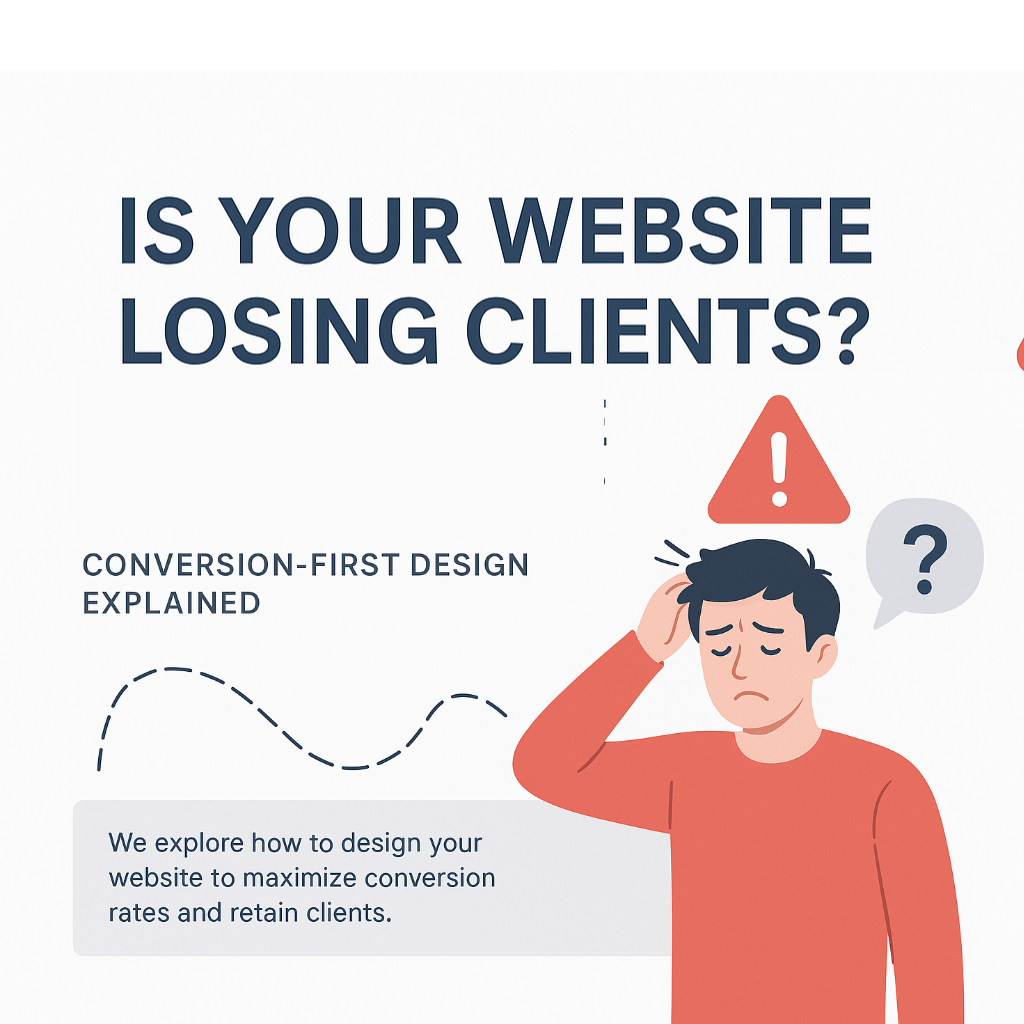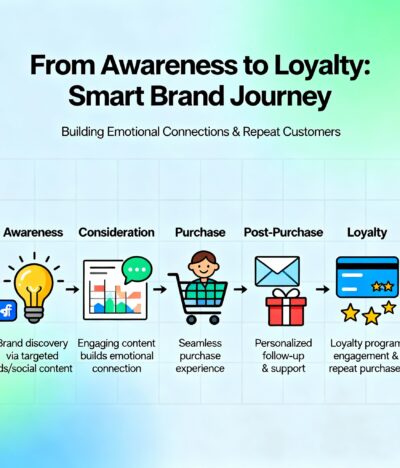Why ROAS Isn’t Enough Anymore
In today’s data-driven marketing landscape, success is no longer defined by short-term metrics like Return on Ad Spend (ROAS) alone. Modern marketers are shifting toward AI Customer Value, a smarter approach that uses Artificial Intelligence to predict which customers will stay longer, spend more, and deliver higher lifetime returns.
For years, marketers have relied on ROAS as the key measure of performance — it’s easy to calculate and provides instant feedback. However, it only captures short-term results. By focusing on AI-driven Customer Lifetime Value (CLV) instead, brands can move beyond one-time conversions to build stronger, long-term profitability and customer loyalty.
From ROAS to AI-Driven Customer Lifetime Value (CLV)
Customer Lifetime Value (CLV) tracks how much total revenue a customer contributes throughout their relationship with a brand. It includes repeat purchases, loyalty, and referrals — all key to sustained profitability.
With AI customer value modeling, marketers can identify high-value users early on. AI systems analyze browsing behavior, purchase history, and engagement data to estimate future worth — helping allocate budgets more strategically.
Instead of optimizing for one-time returns, brands can focus on campaigns that maximize long-term profitability.
How AI Identifies High-Value Customers
AI uses machine learning and predictive analytics to spot potential high-value customers long before manual analysis could. Here’s how it works:
- Behavior Analysis: AI tracks purchase frequency, product interest, and engagement signals.
- Smart Segmentation: Groups customers by predicted lifetime value, not just demographics.
- Churn Prediction: Detects disengagement early, triggering personalized retention efforts.
- Propensity Modeling: Estimates the likelihood of future purchases or upgrades.
With these insights, marketers can spend smarter — not just more — focusing on the customers who deliver sustainable growth.
AI Optimization Across the Customer Journey
AI doesn’t stop at analysis — it continuously optimizes the entire customer journey:
- Personalized Ads: Adjusts targeting and creative based on predicted customer value.
- Budget Allocation: Automatically shifts spend toward channels that attract loyal customers.
- Retention Campaigns: Predicts churn and launches tailored offers or reminders.
- Dynamic Recommendations: Suggests products that increase satisfaction and order value.
This approach creates a data-driven ecosystem where every marketing action strengthens customer relationships and lifetime ROI.
Real-World Example — AI in Subscription Marketing
A global fitness subscription app once optimized campaigns for trial sign-ups using ROAS. However, AI analysis revealed that customers acquired through YouTube ads had 3x higher retention than those from social media.
By reallocating budget toward channels with better AI customer value, overall revenue rose 40% — even though the short-term ROAS slightly declined.
The insight: AI uncovers value hidden beyond initial conversions.
Key Metrics for Measuring AI Customer Value
Modern marketing requires new metrics aligned with customer lifetime performance. These include:
- LTV/CAC ratio (Lifetime Value vs. Acquisition Cost)
- Retention and churn rates
- Average purchase frequency
- Customer engagement score
- Upsell and cross-sell conversion rates
AI tools like Google Ads’ Value-Based Bidding and Meta’s Conversion API already integrate these metrics into performance reporting — allowing for more accurate value-based optimization.
Overcoming Challenges in AI Value Optimization
Shifting from ROAS to AI-driven customer value can be challenging due to:
- Data Silos: Unify CRM, web, and ad platform data for accurate insights.
- Attribution Gaps: Use multi-touch attribution and AI modeling.
- Team Adaptation: Train marketing teams to prioritize LTV-based KPIs.
Start small — run pilot campaigns where AI predicts customer value, compare results, and scale up once patterns prove consistent.
The Future of AI Customer Value Marketing
The future lies in autonomous, AI-powered marketing ecosystems. Soon, campaigns will automatically adapt creative, copy, and timing based on each customer’s predicted lifetime value.
Brands that embrace AI customer value strategies now will lead the shift toward smarter, more sustainable marketing growth.
Conclusion: Building Value That Lasts
It’s time to think beyond clicks and conversions. AI customer value helps marketers see the full picture — not just what a customer buys today, but what they’re worth tomorrow.
By focusing on long-term relationships instead of short-term ROAS, brands can create more loyalty, higher retention, and stronger profitability. The result? Marketing that doesn’t just sell — it sustains.




